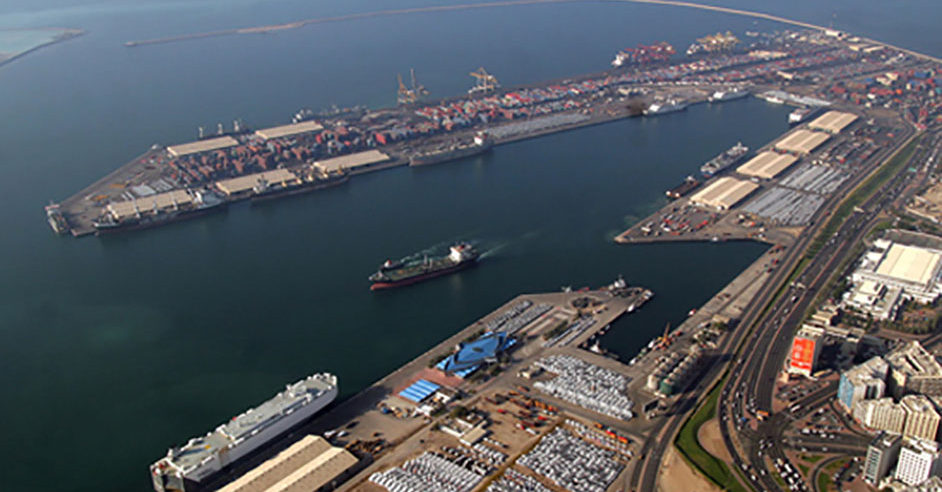A prolonged period of too many unknowns seems to now be the new operating reality for tanker owners. In its latest weekly report, shipbroker Gibson said that “every year since 2020, as analysts we have complained that the outlook for the market has never been so uncertain. And every year, the level of uncertainty “Trumps” the previous year. 2025 is no different, with so many different factors having the potential to pull the tanker markets in a plethora of different directions. US trade/foreign policy has been one of the biggest headaches this year, and a key input into many of the issues mentioned below. The speed of changes, volatility in decision making and backtracking/pausing of measures has made it impossible to accurately predict the impact on oil and tanker demand. Oil (not gas) has largely been exempted from trade measures, whilst the USTR section 301 measures have been diluted sufficiently to a level where the tanker market will be able to largely absorb the measures (see our report here for more insights). On the tariff front, whilst oil is largely exempt, the commodity will suffer from indirect impacts if tariffs are implemented/maintained”.
According to Gibson, “the Global Economic Outlook remains cloudy, with a chance of recession and the prospects largely being impacted by US tariff policy and whether the US and China can find a path forwards. News announced today seems to suggest that both China and the US are preparing to negotiate formally with each other. Whilst a quick resolution is not expected, talks could set the stage for a “normalisation” of trade between the world’s two largest economies. With the macroeconomic outlook under pressure, Oil Demand expectations have been pared back in recent months. Prior to the tariff announcement, average IEA, EIA and OPEC forecast placed 2025 demand growth at 1.3mbd but following heavy downwards revisions by the IEA and EIA, this now stands at 0.98mbd with OPEC’s still optimistic view skewing the forecast to the upside. Yet, even without economic pressures, Decarbonization (whether you are sceptical or not) is gathering pace in Europe and China, notably. Even without tariffs, Chinese oil demand growth was forecast to grow by just 157kbd this year, as LNG and BEV/PHEV powered vehicles continue to gain market share, whilst European demand was already in decline”.
“Despite the demand side headwinds, OPEC+ Production increases will accelerate this month, with further increases being mooted for June. Cohesion in the group is also facing renewed pressure. Kazakh production has surged following expansion projects, with the energy minster recently stating that output would be determined by national interests, not OPEC+, whilst other OPEC members have recently indicated they may no longer be willing to “subsidise” other producers through production cuts. Yet, oil supply could still be pressured through Sanctions. Whilst the US and Iran are engaging in “direct” talks over Iran’s nuclear programme and possible sanctions relief, the pressure on Iran continues, with Trump last night threatening, without hesitation to impose secondary sanctions on any country or company which imports Iranian oil. If Iranian exports are forced drastically lower, the mainstream tanker market should benefit from increased demand to ship non sanctioned cargoes, perhaps also making space for higher OPEC+ output. If Iranian sanctions are lifted, then the mainstream fleet also benefits as Iranian cargoes return to the international market”, Gibson said.
The shipbroker added that “despite Trump’s efforts, The War in Ukraine continues to grind on. So far, new sanctions against Russia have been fairly limited under Trump, perhaps to offer goodwill in the negotiation process. But, with this week’s US-Ukraine minerals deal, and Russia’s apparent reluctance to enter into serious negotiations, the strategy could be about to change. Efforts to find a resolution continue, but at his stage the markets are none the wiser as to when the war might end, whether the US will increase or lift sanctions, and how the Europeans might react. Elsewhere, despite the Americans relentless bombing of the Houthis, Red Sea transits are yet to normalise, whilst the Gaza crisis continues. Clearly the Houthis’ capabilities have been degraded, but it remains unclear when Red Sea transits might return en masse”.
“Regulation also continues to create uncertainty. Whilst markets are adapting quickly to the introduction of FuelEU and the Mediterranean ECA, which were never expected to be particularly disruptive, the IMO plans to implement a global carbon pricing mechanism from 2028 (to be discussed in next week’s report). Implementing a local scheme for the EU, or other jurisdictions is one thing, but how will such a scheme be globally administered, particularly given the growth in the dark fleet over the past 3 years? The factors mentioned are not exhaustive. Relations between China and Taiwan, India and Pakistan, and tensions in the South China Sea, on top of factors which cannot be foreseen all heighten the level of uncertainty. Overall, the current global climate makes it almost impossible to accurately predict outcomes and whilst we can model scenarios on each of the above factors in isolation, it is the timing and combination of factors which creates the biggest headaches”, Gibson concluded.
Source: Hellenic Shipping News Worldwide




